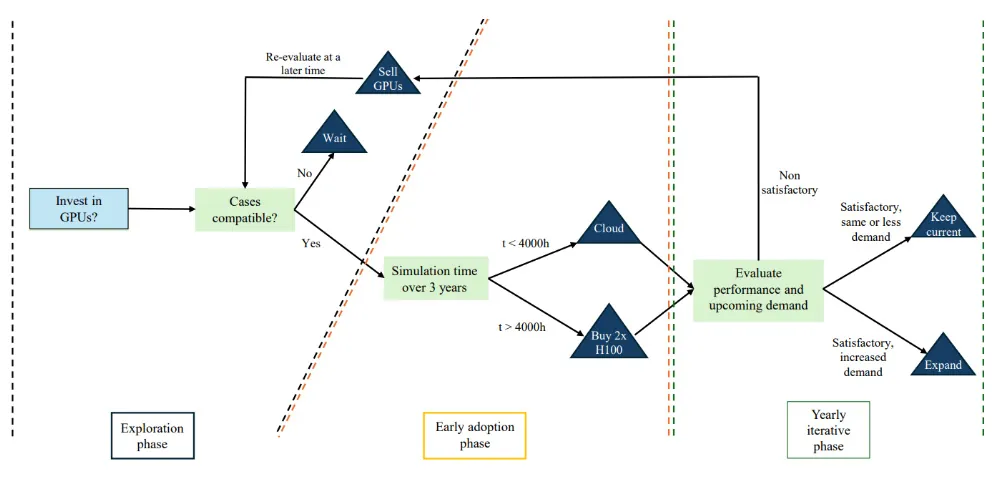Cloud computing has revolutionized the engineering landscape, empowering businesses to innovate, scale, and optimize their operations. However, it is crucial for organizations to carefully navigate the challenges associated with cloud adoption.
How Cloud Computing is Revolutionizing Engineering Projects
Engineering projects often experience fluctuating demands in computational power, data storage, and software resources. Cloud computing enables businesses to scale their infrastructure up or down according to project requirements, ensuring resources are used efficiently and cost-effectively. In fact, working on the cloud reduces – or sometimes eliminates – the need for expensive on-premise infrastructure and hardware, allowing companies to pay only for the resources they use.
While costs are always an important consideration, the real value of the cloud is in its potential to enable collaboration and rapid deployment. cloud-based engineering tools can be shared seamlessly between teams across different locations, allowing them to access project files and applications in real-time. This enhanced collaboration leads to improved efficiency and streamlined project workflows. Moreover, cloud-based platforms allow for quick deployment of new platforms and software updates, giving unprecedented resilience and maximizing the speed of innovation cycles.


Security and Resilience
The sensitive nature of engineering data demands strict security protocols. Companies must ensure that their cloud service providers offer robust security measures and comply with industry-specific regulations. Integrating cloud computing solutions with existing on-premise systems can be challenging for engineering firms. The chosen provider can make a huge difference depending on the services added to the cloud access.
At EDRMedeso, whilst we offer experience in engineering and simulation, we only partner with providers who can help you with a software-agnostic, cyber-safe, and robust cloud infrastructure to extend the productivity of your engineering.









